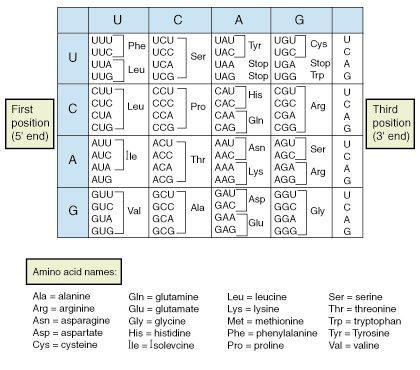Please wait while we process your payment
If you don't see it, please check your spam folder. Sometimes it can end up there.
If you don't see it, please check your spam folder. Sometimes it can end up there.
Please wait while we process your payment

By signing up you agree to our terms and privacy policy.
Don’t have an account? Subscribe now
Create Your Account
Sign up for your FREE 7-day trial
By signing up you agree to our terms and privacy policy.
Already have an account? Log in
Your Email
Choose Your Plan
Individual
Group Discount
Save over 50% with a SparkNotes PLUS Annual Plan!
 payment page
payment page
Purchasing SparkNotes PLUS for a group?
Get Annual Plans at a discount when you buy 2 or more!
Price
$24.99 $18.74 /subscription + tax
Subtotal $37.48 + tax
Save 25% on 2-49 accounts
Save 30% on 50-99 accounts
Want 100 or more? Contact us for a customized plan.
 payment page
payment page
Your Plan
Payment Details
Payment Summary
SparkNotes Plus
You'll be billed after your free trial ends.
7-Day Free Trial
Not Applicable
Renews July 15, 2025 July 8, 2025
Discounts (applied to next billing)
DUE NOW
US $0.00
SNPLUSROCKS20 | 20% Discount
This is not a valid promo code.
Discount Code (one code per order)
SparkNotes PLUS Annual Plan - Group Discount
Qty: 00
SparkNotes Plus subscription is $4.99/month or $24.99/year as selected above. The free trial period is the first 7 days of your subscription. TO CANCEL YOUR SUBSCRIPTION AND AVOID BEING CHARGED, YOU MUST CANCEL BEFORE THE END OF THE FREE TRIAL PERIOD. You may cancel your subscription on your Subscription and Billing page or contact Customer Support at custserv@bn.com. Your subscription will continue automatically once the free trial period is over. Free trial is available to new customers only.
Choose Your Plan
This site is protected by reCAPTCHA and the Google Privacy Policy and Terms of Service apply.
For the next 7 days, you'll have access to awesome PLUS stuff like AP English test prep, No Fear Shakespeare translations and audio, a note-taking tool, personalized dashboard, & much more!
You’ve successfully purchased a group discount. Your group members can use the joining link below to redeem their group membership. You'll also receive an email with the link.
Members will be prompted to log in or create an account to redeem their group membership.
Thanks for creating a SparkNotes account! Continue to start your free trial.
We're sorry, we could not create your account. SparkNotes PLUS is not available in your country. See what countries we’re in.
There was an error creating your account. Please check your payment details and try again.
Please wait while we process your payment

Your PLUS subscription has expired
Please wait while we process your payment
Please wait while we process your payment

The Genetic Code
As we learned in Structure of Nucleic Acids, DNA and RNA are made up by sequences of nitrogen bases-pairs: adenine, thymine, guanine, and cytosine. Scientists have long understood that these nitrogen bases somehow contained the information that coded for specific amino acids. However, it took some time before they figured out how the base pairs accomplished this coding.
Scientists main problem lay in the fact that while there were only 4 nitrogen bases (nucleotides), there were 20 amino acids for which those nucleotides had to code. If adenine, thymine, guanine, and cytosine each coded for a particular amino acid, then the DNA/mRNA information system would only be able to code for 4 amino acids. If, however, groups of two nucleotides coded for a single amino acid, the story is somewhat different. Given four nucleotides looked at in groups of two, there are sixteen possible combinations (AA, AT, AG, AC, TA, TT, TG, TC, GA, GT, GG, GC, CA, CT, CG, CC); that sixteen is still not enough to code for twenty amino acids. But if the nucleotides code for amino acids in groups of three then there are sixty-four possible combinations. Scientific experiments have verified that nucleotides code for amino acids in successive groups of threes. These groups of threes are called codons.
As we know, since the genetic code is read in triplets and there are four possible bases that can occupy each position, the number of possible codons is 4 X 4 X 4, or 64 codons. However, there are only 20 known amino acids. Experiments have shown that three codons function also function stop codons, acting as termination signals in translation. Yet that brings the count up to only twenty-three necessary codons. The vast difference between possible codon variations and needed codon variations means, as seen in the figure below, that each amino acid is specified by more than one codon. Because the genetic code therefore does not code to its capacity, it is called "degenerate".

Please wait while we process your payment

